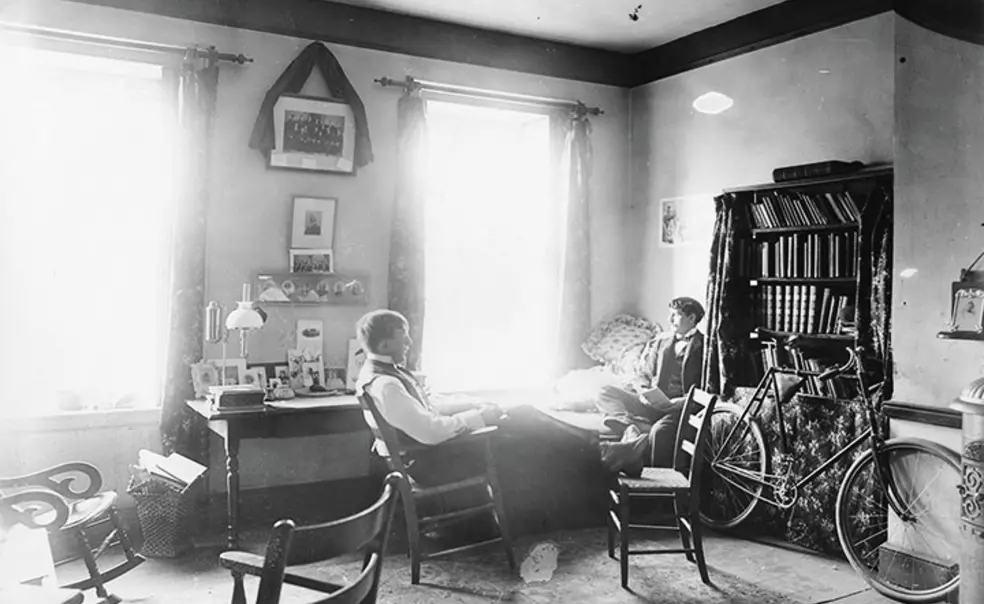In 1880, the bicycle, with its wildly mismatched wheels, was transforming human locomotion, at least among those wealthy enough to own one — and brave enough to ride it. At Princeton, a bicycle club had been formed the previous year, although, as The Princetonian observed, “the number of enthusiastic novices to be found about the campus, engaged alternately in mounting the vehicle and picking themselves up from the ground, is small.”
This did not deter the borough of Princeton from taking steps to ban the bicycle, inspired perhaps by New York, where, to quote the Times, “its speed and its knock-down powers compel City authorities to prohibit its use on ordinary thoroughfares.” On Jan. 16, the ban provoked a satirical response from The Princetonian. “Bicycling contributes scarcely at all to the prosperity of commercial and industrial Princeton. ... The narrow-minded vehicle consumes only a little oil. So it is apparent what a natural thing it would be for the city fathers to rise in righteous indignation at so selfish a sport, and, as unfortunately happened to be in their power, suppress it.”
By the spring, as the weather warmed and roads grew firm, criticism grew more pointed. On April 9, the ordinance’s constitutionality was questioned. “There are several students in College now owning machines, who are very anxious to ride, and many others would speedily purchase bicycles if this stupid law was repealed. … Here then is an opportunity for the lawyers to once more come to our aid, and by testing the ordinance or having it repealed, confer a favor on those who enjoy this exercise, and who wish to have it grow in favor as a College sport.”
Perhaps the prospect of legal action was enough to soften the borough’s heart, for on April 21, the ban on bicycles was lifted, fostering a mode of transport that a few years later blossomed with the coming of the “safety bicycle” we know today.
John S. Weeren is founding director of Princeton Writes and a former assistant University archivist.











No responses yet